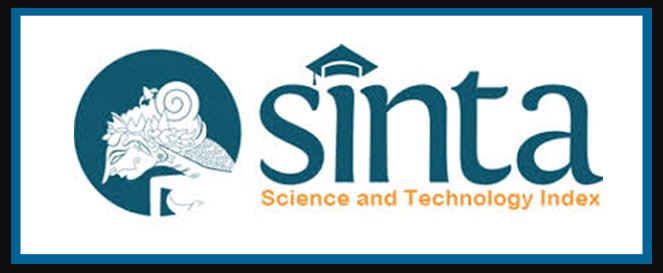5G Channel Model for Frequencies 28 GHz, 73 GHz and 4 GHz with Influence of Temperature in Bandung
Abstract
Keywords
Full Text:
PDFReferences
B. Alfaresi, Z. Nawawi, R. F. Malik, K. Anwar, and L. O. Nur, “Humidity Effect To 5G Performances Under Palembang Channel Model At 28 GHz,” SINERGI, vol. 24, no. 1, p. 49, Jan. 2020, doi: 10.22441/sinergi.2020.1.007.
M. Peter, R. Weiler, B. Göktepe, W. Keusgen, and K. Sakaguchi, “Channel Measurement and Modeling for 5G Urban Microcellular Scenarios,” Sensors, vol. 16, no. 8, p. 1330, Aug. 2016, doi: 10.3390/s16081330.
E. M. Alfaroby, N. M. Adriansyah and K. Anwar, “Study on channel model for Indonesia 5G networks,” 2018 International Conference on Signals and Systems (ICSigSys), 2018, pp. 125-130, doi: 10.1109/ICSIGSYS.2018.8372650.
C. -X. Wang, J. Bian, J. Sun, W. Zhang and M. Zhang, “A Survey of 5G Channel Measurements and Models,” in IEEE Communications Surveys & Tutorials, vol. 20, no. 4, pp. 3142-3168, Fourthquarter 2018, doi: 10.1109/COMST.2018.2862141.
K. Ni’amah, S. Nurjanah, And A. R. Danisya, “Model Kanal 5G Frekuensi 28 GHz dengan Pengaruh Suhu di Kota Yogyakarta,” ELKOMIKA: Jurnal Teknik Energi Elektrik, Teknik Telekomunikasi, & Teknik Elektronika, vol. 8, no. 2, p. 276, May 2020, doi: 10.26760/elkomika.v8i2.276.
S. Sun, G. R. MacCartney and T. S. Rappaport, “A novel millimeter-wave channel simulator and applications for 5G wireless communications,” 2017 IEEE International Conference on Communications (ICC), 2017, pp. 1-7, doi: 10.1109/ICC.2017.7996792.
A. S. Seraj, “Study on Propagarion Characteristics of 5G Millimeter-Wave Wireless Communication Systems for Dense Urban Evironments,” Thesis, Fundamental Science and Engineering of Waseda University, 2019.
S. Sun, G. R. MacCartney and T. S. Rappaport, “A novel millimeter-wave channel simulator and applications for 5G wireless communications,” 2017 IEEE International Conference on Communications (ICC), 2017, pp. 1-7, doi: 10.1109/ICC.2017.7996792.
T. S. Rappaport, S. Sun and M. Shafi, “Investigation and Comparison of 3GPP and NYUSIM Channel Models for 5G Wireless Communications,” 2017 IEEE 86th Vehicular Technology Conference (VTC-Fall), 2017, pp. 1-5, doi: 10.1109/VTCFall.2017.8287877.
3GPP, “Discussion on procedure A for spatially-consistency UT mobility modeling,” ZTE, TDOC R1-1707267, May 2017.
E. Christy, R. P. Astuti and K. Anwar, “Telkom University 5G Channel Models Under Foliage Effect and Their Performance Evaluations,” 2018 International Conference on ICT for Rural Development (IC-ICTRuDev), 2018, pp. 29-34, doi: 10.1109/ICICTR.2018.8706848.
DOI: http://dx.doi.org/10.22441/jte.2022.v13i2.006
Refbacks
- There are currently no refbacks.
Copyright (c) 2022 Jurnal Teknologi Elektro
Publisher Address:
Teknik Elektro, Fakultas Teknik, Universitas Mercu Buana
Jl. Raya Meruya Selatan, Kembangan, Jakarta 11650
Tlp./Fax: +62215871335
Email: [email protected]
Website of Electrical Engineering
http://teknikelektro.ft.mercubuana.ac.id
p-ISSN : 2086-9479
e-ISSN : 2621-8534
Jurnal URL : http://publikasi.mercubuana.ac.id/index.php/jte
Jurnal DOI: 10.22441/jte

Ciptaan disebarluaskan di bawah Lisensi Creative Commons Atribusi-NonKomersial 4.0 Internasional.






